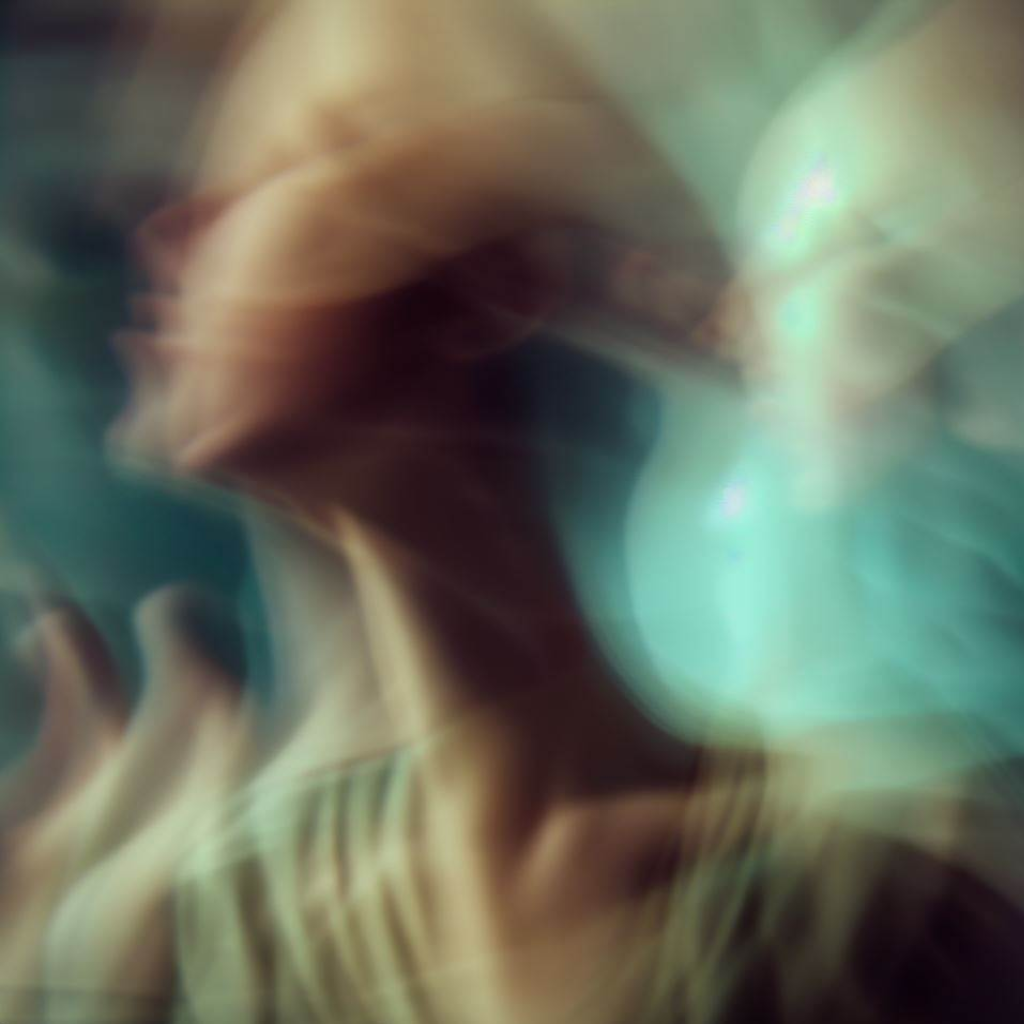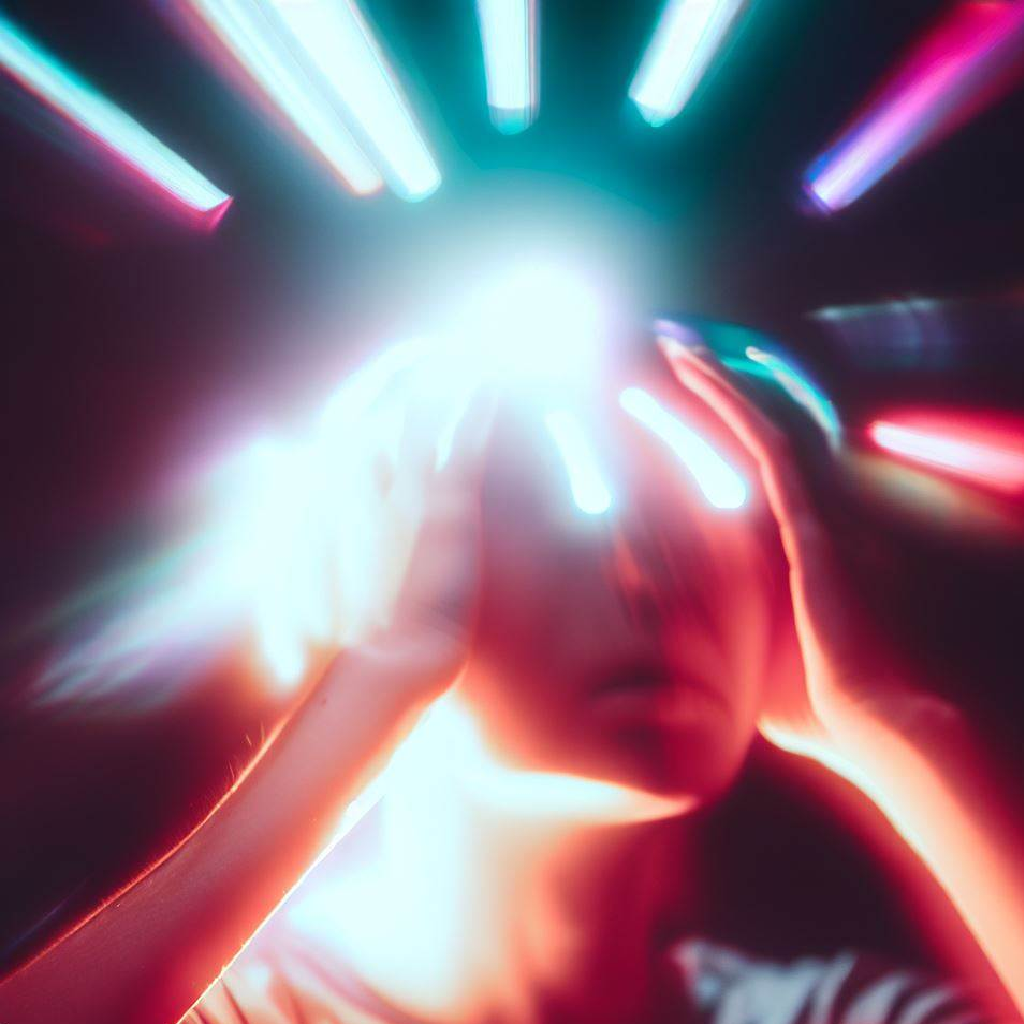HPPD is a rare clinical condition that results in people experience visual and perceptual distortions days, months, or even years after using psychedelic substances.

Plant-based psychedelics occur in abundance throughout the world and have been used by humankind for thousands of years for holistic healing (1). In preindustrial cultures, evidence suggests psychedelics such as psilocybin were used in ritualized contexts to enhance processes of psychotherapeutic healing, religious insight, and self-exploration (2). Prior to the 1950s, psychedelics were integral medicines used in rituals, vision quests, divination, ceremonies, and rites of passage experiences led by healers, tribal leaders, shamans, religious leaders, and seekers of existential truth. Hallucinogenic substances produce visual, existential, emotional, perceptual, and cognitive shifts in the user. The more well-known natural psychedelics include, psilocybin, ayahuasca, ibogaine, and peyote.
The use of synthetic psychedelics in Western culture was popularized in the 20th century by the Swiss chemist Albert Hoffman when lysergic acid diethylamide (LSD) was first synthesized on November 16, 1938. Hoffman first synthesized LSD-25 while studying derivatives of the fungus ergot for use as potential medicines (1). In the years between the first synthesis of LSD and the disappearance of psychedelic research by the late 1960s, there was an intense growth of scientific interest in these substances. Society saw especially increased use of psychedelic substances in the 1950-1960s in the form of clinical research, notably from researchers Timothy Leary, Richard Alpert (Ram Dass), and Andrew Weil all of Harvard University. This led to an expansion of recreational use in the 1960s and a subsequent government shutdown with the War on Drugs in June of 1971 (3). Psychedelic medicine was then left to shamanism and underground retreats to explore inner consciousness and entheogenic experiences. In recent years, research on psychedelics has begun to resurface, and recently states have begun to pass legislation decriminalizing some psychedelics, allowing research and sharing of natural plant medicines.
Due to the resurgence of psychedelic use, many are portraying these substances as a panacea for everything from mental health disorders to neurogenesis and proactive treatments to fend off dementia and Alzheimer’s disease. The benefits are proving to be vast, but responsible choices for use can only be made when all factors of the substance use are considered (4). While natural psychedelics such as psilocybin are largely considered to be relatively safe due to low rates of toxicity, adverse effects, or the likelihood of addiction, psychedelics are not without risk.
All psychedelic substances come with potential adverse reactions that should be considered before using. Although the likelihood of persisting or long-term negative effects of using psychedelics are low, psychedelics can induce intense and unpredictable psychological effects, which may be overwhelming for some individuals, leading to anxiety, panic, or even a “bad trip” experience. While there is still limited evidence and little consensus on persisting adverse effects related to psychedelic usage, it has been suggested that psychedelic substances can trigger latent mental health conditions, revealing signs of depression, anxiety, or in rare cases, psychosis (5). Additionally, the hallucinatory nature of psychedelics can impair judgment and increase the risk of accidents or dangerous behavior, particularly when used in non-therapeutic settings. Individuals with a history of heart conditions or high blood pressure should be cautious, as psychedelics can elevate heart rate and blood pressure (4). It is crucial to approach these substances with caution and respect, ensuring proper research, responsible use, and guidance from trained professionals when exploring their potential.
Hallucinogen Persisting Perception Disorder (HPPD) is a rare clinical condition that results in people experiencing visual and perceptual distortions days, months, or even years after using psychedelic substances. Although HPPD is rare, around 4.2% of people who use hallucinogens will suffer from HPPD, and it is therefore prudent to understand that this is a risk before continuing on with planned usage (6). Symptoms of HPPD include distortions to the visual field, auditory disruptions, persistent after-images, such as light trails that follow an object, the appearance of halos or auras over an object, altered color perception, macropsia, micropsia, or the sense that the person is separate from their own identity or perception of self (7). The Diagnostic and Statistical Manual of Mental Disorders, Fifth Edition uses three criteria for the diagnosis of HPPD:
Responsible use of psychedelic substances should include an understanding of the risks as well as the benefits. While not everyone who uses psychedelics will develop HPPD, individuals who have experienced this disorder often report that it can have a significant impact on their daily lives, causing distress and impairing their overall well-being.
There are some documented causes and risk factors that should be considered when learning about HPPD. The primary factor is the use of hallucinogenic drugs, including LSD, psilocybin, and 3,4-Methylenedioxy- methamphetamine (MDMA). The intensity and frequency of drug use can increase the likelihood of experiencing HPPD symptoms (8). Individual susceptibility also plays a role, as some individuals may be more prone to developing HPPD due to psychological factors, most notably anxiety and depression (9). The potency and purity of the hallucinogen, as well as the dosage consumed, can also influence the risk of HPPD. Additionally, pre-existing mental health conditions, current emotional state at the time of the hallucinogenic experience or a history of substance abuse may increase the susceptibility to developing HPPD. While the exact causes underlying HPPD are not fully understood, these factors collectively contribute to the manifestation of this disorder.

To clarify the effects and implications of HPPD, we talked to Ed Prideaux, author, journalist, and clinical psychology student who has suffered the effects of HPPD for more than a decade. Prideaux helped grow a patient nonprofit centered on HPPD called the Perception Restoration Foundation. Recurrent symptoms of HPPD can be “troublesome and incredibly persistent”, stated Prideaux of the difficulties of living with HPPD. Individuals often experience recurrent visual hallucinations, such as geometric patterns, flashes of light, or intensified colors, even in the absence of drug use. “These symptoms can be distressing and may interfere with daily life,” says Prideaux. Diagnostic criteria for HPPD include the persistence of visual disturbances for at least 12 months, a clear history of prior hallucinogen use, and the exclusion of other medical or psychiatric conditions that could account for the symptoms (8). It is crucial for individuals experiencing these symptoms to seek professional medical help for an accurate diagnosis and appropriate management. Effective management and treatment options for HPPD typically involve a multidisciplinary approach. According to Prideaux, psychoeducation plays an integral role in helping patients understand their condition and cope with its symptoms.
Cognitive-behavioral therapy (CBT) and other forms of psychotherapy can also be beneficial in addressing anxiety, depression, and other psychological issues associated with HPPD. Medication options may include selective serotonin reuptake inhibitors (SSRIs), benzodiazepines, or antipsychotics, depending on the individual’s specific symptoms and needs (10). Additionally, lifestyle modifications such as regular exercise, stress reduction techniques, and healthy sleep hygiene can contribute to overall symptom management. Prideaux shared, “It is important for individuals with HPPD to work closely with a healthcare professional experienced in the treatment of this disorder to develop a personalized treatment plan that addresses their unique needs’.”
Prideaux went on to advocate that support groups and peer support play a vital role in providing comfort, understanding, and guidance to those experiencing HPPD. Joining a support group can offer a sense of community and a safe space for individuals to share their experiences, concerns, and coping strategies. Engaging with peers who have firsthand knowledge of HPPD can provide validation and reduce feelings of isolation. “These groups allow participants to exchange information about treatment options, share emotional support, and learn from others who have successfully managed their symptoms,” says Prideaux. Peer support within these groups promotes empathy, offers practical advice, and fosters a sense of hope and resilience among those navigating the challenges associated with HPPD.
Hallucinogen Persisting Perception Disorder (HPPD) can be a challenging condition to manage, but there are coping strategies that can help individuals navigate its symptoms and improve their overall well-being. Maintaining a healthy lifestyle is crucial. This includes regular exercise, proper nutrition, and sufficient sleep, as these factors contribute to overall brain health and stability. Engaging in stress-reducing activities such as mindfulness meditation, deep breathing exercises, and yoga may also be beneficial. It is important for individuals with HPPD to prioritize self-care, set realistic expectations, and practice patience, as managing this condition often requires time and perseverance. “Connecting with others who are experiencing a similar struggle is also critical,” says Prideaux. There are organizations such as the The Perception Restoration Foundation dedicated to shining a light on HPPD and offering support to those in need.
1. Sessa, B. (2005). Can psychedelics have a role in psychiatry once again?, The British Journal of Psychiatry, 186(6), 457-458.
2. Grinspoon, L., & Bakalar, J. B. (1986). Can drugs be used to enhance the psychotherapeutic process? American journal of psychotherapy, 40(3), 393-404.
3. Byock I. (2018). Taking Psychedelics Seriously. Journal of palliative medicine, 21(4), 417–421. https://doi.org/10.1089/jpm.2017.0684.
4. Pilecki, B., Luoma, J. B., Bathje, G. J., Rhea, J., & Narloch, V. F. (2021). Ethical and legal issues in psychedelic harm reduction and integration therapy. Harm Reduction Journal, 18(1), 1-14.
5. Hill, S. J. (2019). Confrontation with the unconscious: Jungian depth psychology and psychedelic experience. Aeon Books.
6. Kurtom, M., Henning, A., & Espiridion, E. D. (2019). Hallucinogen-persisting Perception Disorder in a 21-year-old Man. Cureus, 11(2), e4077. https://doi.org/10.7759/cureus.4077.
7. G Lerner, A., Rudinski, D., Bor, O., & Goodman, C. (2014). Flashbacks and HPPD: A Clinical-oriented Concise Review. The Israel journal of psychiatry and related sciences, 51(4), 296–301.
8. Vis, P. J., Goudriaan, A. E., Ter Meulen, B. C., & Blom, J. D. (2021). On Perception and Consciousness in HPPD: A Systematic Review. Frontiers in neuroscience, 15, 675768. https://doi.org/10.3389/fnins.2021.675768.
9. Martinotti, G., Santacroce, R., Pettorruso, M., Montemitro, C., Spano, M. C., Lorusso, M., di Giannantonio, M., & Lerner, A. G. (2018). Hallucinogen Persisting Perception Disorder: Etiology, Clinical Features, and Therapeutic Perspectives. Brain sciences, 8(3), 47. https://doi.org/10.3390/brainsci8030047.
10. Hermle, L., Simon, M., Ruchsow, M., & Geppert, M. (2012). Hallucinogen-persisting perception disorder. Therapeutic advances in psychopharmacology, 2(5), 199–205. https://doi.org/10.1177/2045125312451270.
No comment yet.
Join our email list and get immediate access to part one of our psilocybin guide. You’ll also get the latest in how we’re bridging the gap between science and soul: psychedelic research updates, real-world findings, community-driven education, personal stories and expert insights on natural medicine.
Advancing Real-World Psychedelic Research and Science-Backed Education
Unlimited Sciences is provided a nonprofit status by fiscal sponsorship through Realm of Caring Foundation.
Federal EIN: 46-3371348.
© 2025 Unlimited Sciences. All Rights Reserved.
Designed by Gloss